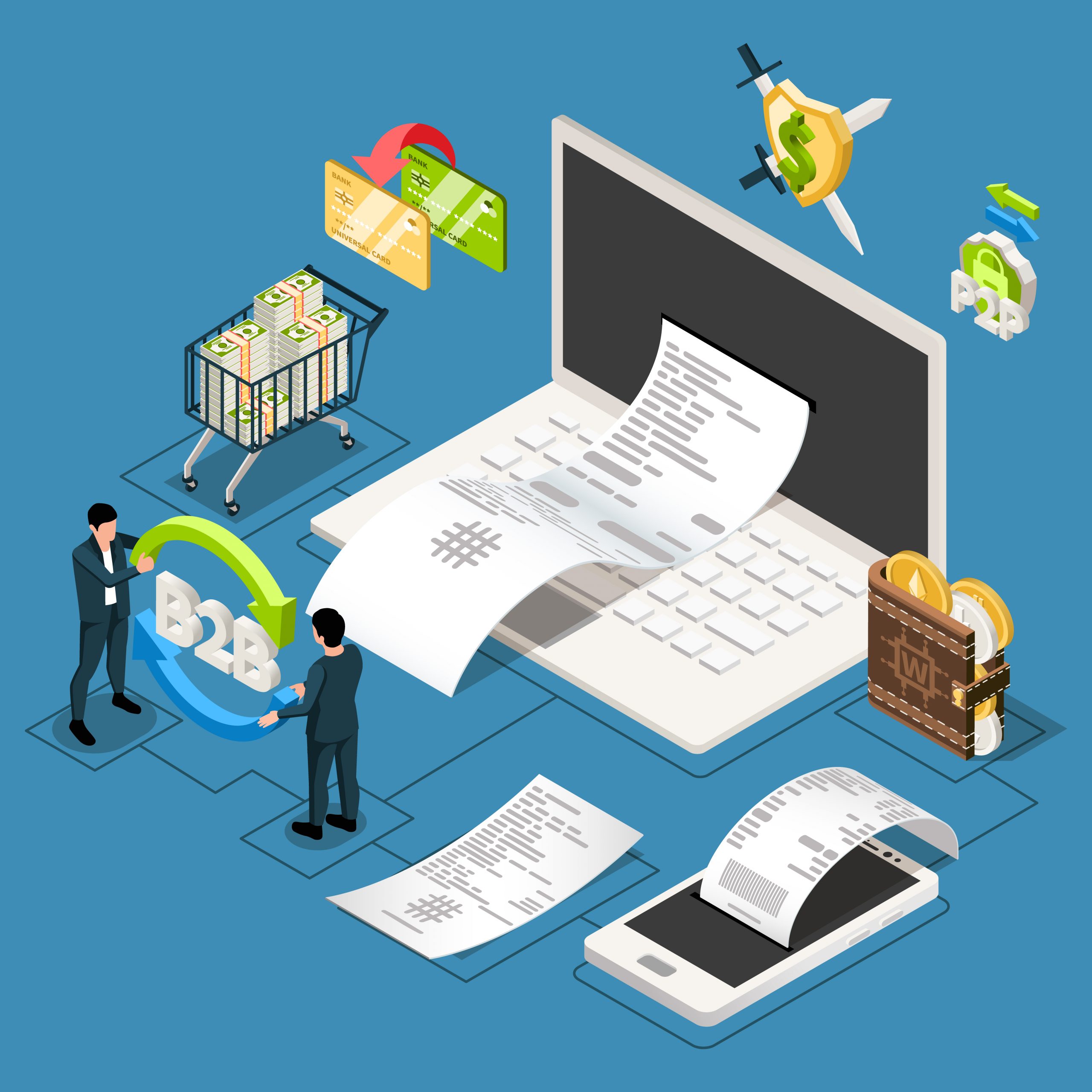The enterprise billing transformation has been a remarkable journey, evolving from traditional paper invoices to sophisticated automated systems. This shift is not just about embracing new technology but also about improving efficiency, reducing errors, and enhancing the customer experience. In this blog, we explore how businesses are navigating this transformation and what the future holds.
1. The Era of Paper Invoices: A Look Back
For decades, businesses relied on paper invoices for billing purposes. This method, although effective for its time, was prone to errors, delays, and inefficiencies. Companies spent countless hours managing physical invoices, which often resulted in miscommunication and payment delays. The enterprise billing transformation began with the realization that a more efficient system was needed to handle the growing demands of modern businesses.
2. The Shift to Digital Billing: A Necessary Evolution
As businesses grew and technology advanced, the need for a more streamlined billing process became evident. Digital billing systems emerged as the first step towards automation. These systems allowed companies to generate invoices electronically, reducing the reliance on physical paperwork. However, this was just the beginning of the enterprise billing transformation. The integration of digital billing marked a significant improvement in accuracy and speed, but it still required human intervention.
3. The Rise of Automation: Enhancing Efficiency
The true enterprise billing transformation came with the advent of automation. Automated billing systems not only generate invoices but also track payments, send reminders, and even manage disputes. These systems have drastically reduced the time and effort required to manage billing, allowing businesses to focus on more strategic activities. Additionally, automation minimizes the risk of human error, ensuring that invoices are accurate and payments are processed promptly.
4. The Benefits of Automated Billing Systems
Implementing an automated billing system offers numerous benefits. First, it significantly reduces operational costs by eliminating the need for manual processing. Second, it improves cash flow management by ensuring timely payments. Third, it enhances customer satisfaction by providing a seamless billing experience. Finally, automated systems offer better data analytics, enabling businesses to gain insights into their billing processes and make informed decisions. This enterprise billing transformation is not just a technological upgrade but a strategic move to stay competitive in a rapidly changing market.
5. The Future of Enterprise Billing: What’s Next?
As we look ahead, the enterprise billing transformation will continue to evolve. The integration of artificial intelligence (AI) and machine learning (ML) into billing systems will further enhance automation, allowing for predictive analytics and personalized billing experiences. Additionally, the adoption of blockchain technology promises to increase transparency and security in billing processes. Businesses that stay ahead of these trends will be well-positioned to thrive in the future.
Conclusion
The enterprise billing transformation from paper invoices to automation has revolutionized the way businesses manage their finances. By embracing automation, companies can reduce costs, improve efficiency, and enhance customer satisfaction. As technology continues to evolve, the future of billing will undoubtedly bring even more innovative solutions. For further insights into how your business can benefit from these changes, visit Bedots.
Read more: Subscription Billing Solutions: Ensuring Long-Term Customer Satisfaction



